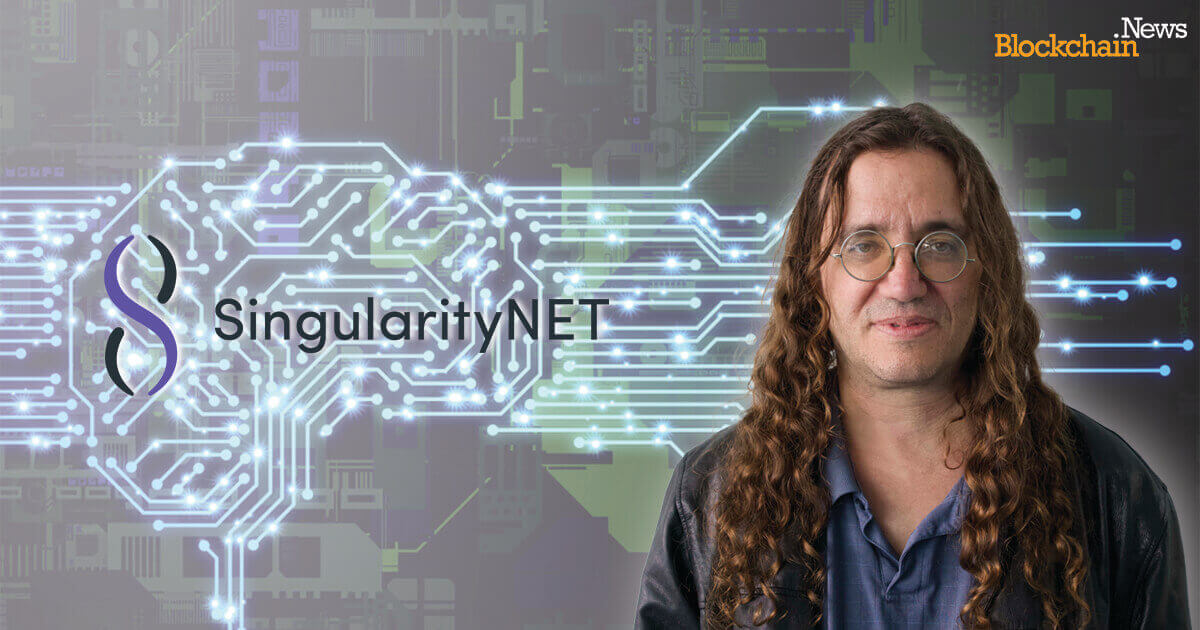Exploring AGI Creativity: How AI Mimics Human Innovation
Rebeca Moen Jul 12, 2024 06:45
Delving into how AGI can mimic human creativity, examining AI's limitations and potential in replicating human-like innovation.

The rise of generative AI has ushered in a new era of technological innovation, challenging our understanding of creativity and its unique relationship to human characteristics. As artificial intelligence (AI) systems continue to evolve, their capabilities and limitations in the realm of creative expression become increasingly important, especially concerning the seemingly imminent artificial general intelligence (AGI).
The Nature of Creativity
Creativity is a remarkable facet of intelligence, enabling the generation of novel ideas, solving complex problems, and expressing oneself through art, literature, and innovation. It sets humans apart and is often considered a defining characteristic of our species. However, the rise of AI has redefined the boundaries of creativity, leading to debates on whether AI’s creative outputs can truly match human creativity.
Human creativity involves thinking beyond established norms, connecting disparate ideas, and creating something novel, valuable, and meaningful. It encompasses originality, imagination, and emotional resonance. Whether it’s a poet composing verses, a scientist developing groundbreaking theories, or an artist painting a masterpiece, human creativity is deeply rooted in consciousness and emotion.
AI and Creativity Tests
While AI’s performance in creativity tests might suggest it rivals human creativity, this doesn’t mean AI is genuinely creative in the human sense. AI’s success in such tests usually stems from its proficiency in pattern recognition, information retrieval, and optimization. This raises a critical question: when a computer excels in a human-designed creativity test, is it genuinely creative or merely mimicking human creativity using data and statistical analysis?
Contrasting Human Creativity with Generative AI
Generative AI models, such as DALL-E, have achieved remarkable feats that some perceive as creative. Large language models can write poetry, compose music, and devise solutions to problems. Yet, there remains a significant distinction. Human creativity, especially in fields like music, poetry, and literature, has consistently challenged traditional norms and showcased an innovative spirit. AI, however, operates based on data. While it understands language and the input we give it, does it truly possess the creativity to craft original content?
In 2011, Duke University’s literary journal published a poem generated by an AI program, indistinguishable from human-written poetry. Similarly, in 2016, Google’s AI created a 90-minute piano melody. These examples demonstrate that generative AI can produce unique content. Despite these advancements, AI cannot replace human creativity; it merely replicates it by drawing from existing works.
Why AI Can’t Replace Human Creativity
Here are five reasons why today’s AI cannot replace human creativity:
- Generative AI does not have imagination; it can only recognize patterns. Generative AI models excel at pattern recognition and generating data-driven content. However, this is fundamentally different from the genuine imagination and emotional depth humans bring to their creations.
- Generative AI is only as good as the data it’s trained on. Generative AI can create unique art forms, but its output is limited to its training data. AI cannot truly understand or interpret the meaning behind data.
- AI lacks contextual understanding. Human creativity is deeply intertwined with the context in which a piece of work is created, encompassing historical, cultural, and social significance. AI cannot fully grasp or replicate these complexities.
- AI lacks emotional depth. Human creativity often originates from deep emotions, personal experiences, and cultural contexts. LLMs lack these emotional foundations, leading to creations that may appear structured but lack authenticity.
- AI cannot think outside the box. While LLMs can generate creative solutions by drawing from extensive data, they do not innovate in the same way humans do.
Enhancing Human Creativity with AI
For decades, AI research has focused on creating a machine that could mimic human creativity. However, instead of mimicking human creativity, AI tools can enhance human creative processes. Generative AI models like DALL-E have inspired people to create new and exciting things by turning their imagination into reality. This technology opens doors to greater innovation and creativity in various fields, from artwork and poetry to music composition and architectural design.
AI in Practice
Giving Us More Free Time
Many people leverage AI technology to handle routine tasks, allowing them to concentrate on higher-level creative thinking and strategic decision-making. As AI tools evolve, they will enable new approaches to business and work, addressing the evolving needs of users and customers.
Helping Us Make More Informed Decisions
AI is not an emulation of human-like cognition but rather large-scale mathematical processing, applicable to countless use cases across all sectors. Instead of merely accelerating data analysis, AI can inspire more creative thinking by suggesting solutions that humans might not have envisioned.
Final Thoughts
Generative AI algorithms are advancing in the creative field, but they still fall short of replicating the complexity and diversity of human thought. AI cannot understand context, emotions, personal experiences, and spontaneity, which are crucial for true creativity. As a result, fears that AI will replace human workers in creative fields are premature. Currently, generative AI can enhance creative endeavors by generating new ideas and streamlining design processes. However, human creativity stands out due to our ability to incorporate emotions, resulting in compelling art that resonates with audiences. AI can create engaging content, but without emotional intelligence, it cannot fully understand or impact the emotional depth of its creations.
While today’s AI can mimic human creativity to some extent by analyzing patterns and generating content based on data, AGI will be a completely different story. AGI will possess true creativity, driven by a deeper understanding and integration of human-like cognitive processes.
For more information, please visit SingularityNET (AGIX).
Image source: Shutterstock.jpg)
